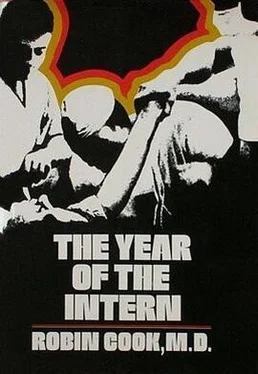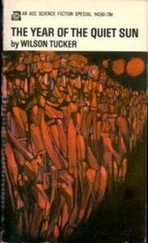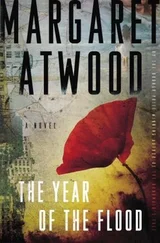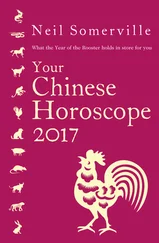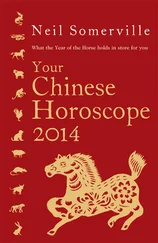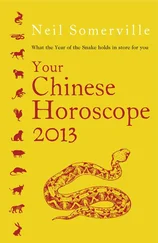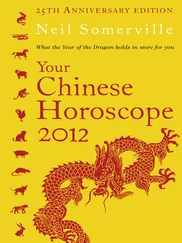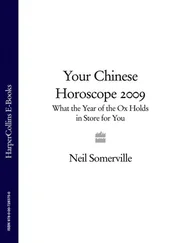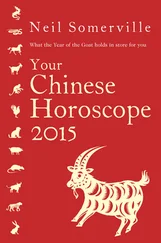My aneurysm had been scheduled for his aortogram at eleven-fifteen, and I went down to see what was happening. Stepping into the fluoroscopy room, I saw that the chief resident was in the final preparations for the study. “You’re ten minutes late, Peters. I could have used you to help get the catheter into the aortic bulb.”
“And I would have been here, but I had to scrub for another case.” I consciously withheld a “thanks to you.”
“Well, here’s the catheter position. Put on a lead-lined apron first. This fluoroscopy puts out a lot of radiation. Gotta protect the old gonads.”
Following his advice, I took one of the heavy leaded aprons and put it on. By stepping behind him I could see the fluoro screen. As the lights went out, the fluoroscope came on automatically with a low resonant dick. Then image was extremely faint, as usual. In order to see a fluoroscopy well, you ought to adapt your eyes by wearing red goggles for thirty minutes or so beforehand. I couldn’t tell very much about the aneurysm patient on the fluoro screen, because I hadn’t had the chance to dark-adapt my eyes, but I could distinguish the heavy radiopaque stripe on the catheter.
“Here’s the end of the catheter.” The chief resident’s pointing finger was silhouetted by the light from the screen. “If s in the aorta just above the heart. See it jump with each heart contraction?” I could see that with no difficulty. “Now, we went to inject enough radiopaque dye into the artery to get an image, and to do that we have to use the pressure injector.” He indicated a small machine that looked something like a bicycle pump turned on its side. It had three or four stopcocks positioned on the end — I thought one or two should have been sufficient to prevent a mishap. “All we do is push this handle, which shoots the dye very rapidly into the heart, at about 400 psi. At the same time the Schonander camera will be shooting X rays at a rate of one every half second for ten seconds. We’ll watch on the fluoro screen.”
The chief resident swung into the final preparations, calling to make sure the X-ray technicians were ready and positioning himself behind the arm of the pressure injector. Desiring all the protection I could get, I squeezed in behind the lead screen with the X-ray technician, who was a solid little thing. We watched through the quartz window.
At a yell from the chief resident, the X-ray technician started the Schonander camera, which cranked and pounded, taking X ray after X ray in rapid succession, while die chief resident plunged the pressure injector all the way down. The dye shot from the injector into the stopcocks, and then, instead of being propelled into the patient’s heart, rose in a graceful geyser to the ceiling, splattering there and running a little way along before dripping down onto the chief resident, the patient, and the mass of machinery. The chief resident had forgotten to open the last stopcock. As for the patient, he just lay there blinking and looking around, trying to figure out what sort of strange test this was. The chief resident was in a state of shock blending rapidly into exasperation. Since the whole procedure would now have to start over and I was already a little late for the cholecystectomy, I took the opportunity to make an unobtrusive exit and hurried back to the OR.
Working with a real professional is different in every way from assisting a Hercules or a Supercharger, and Dr. Simpson was the best the hospital had. With the resident on one side of him and me on the other, we scrubbed together, talking and joking. Simpson told us the one about a Columbia professor who discovered a way to create life in the laboratory. Everything went well until his wife caught him.
A simple joke — perhaps, on reflection, not even a very good one. But in the context of my hours with Hercules, the image of dye all over the fluoro-room ceiling, and my tiredness, that joke plunged me into hysterical laughter. We were still chuckling as the three of us entered the operating room, where the atmosphere changed immediately to one of congenial concentration. Ready to go, we were still light toned, but nevertheless intensely interested in the task ahead.
The nurse handed Simpson a scalpel. Interesting how he started an operation. There was no pause. The knife shot in to the hilt and zoomed cleanly, diagonally down the abdomen. He didn’t pause to catch bleeders with hemostats. “Why scratch around like a chicken?” he would say, completing the incision rapidly, with the same sharp, purposeful dissection, as the tissue fell apart. The resident would then pick up the tissue on his side, the surgeon on the other, both using tooth forceps, and with a final flash of the knife they were into the abdomen. Only then were a few bleeders caught and tied. No more than three minutes from skin to peritoneal cavity. Perfection.
This time, however, Simpson didn’t make the first cut. He surprised us by handing the knife to the resident instead. “Your gall bladder,” he said. “One false move and you’ll be doing enemas for a month.” Under his expert eye, the same kind of incision was made, at just about the same speed. The surgeon explored rapidly inside, then the resident, then me. Stomach, duodenum, liver, gall bladder (I could feel the stones), spleen, intestines. The examination was gingerly but thorough; with your arm elbow deep in someone’s abdomen, you tend to be gingerly. I told Simpson I was having trouble feeling the pancreas. He explained a landmark and a bulge. Then I felt it.
Using Simpson’s technique, the resident carefully placed the saline-soaked white towels that are used to separate the gall bladder from the mass of intestines. I was given the usual retractors. At a suggestion from Simpson, the resident moved down a little, enabling me to see into the wound. It all went rapidly, with encouragement but no manual assistance from Simpson. The gall bladder came out cleanly the base was closed, and then the skin, all within thirty minutes. Feeling good now, I congratulated the resident on our way to the recovery room. He had done a professional job.
With thirty minutes between cases, Simpson and I went down to see several of his patients, one of whom, a gastrectomy, I was following closely after having helped with the surgery. I had been given total responsibility for writing orders on the case, although I tried to follow Simpson’s preferences, which, I knew by now, were sound and sensible. When he changed one of my orders, as occasionally happened, he invariably wrote out a short explanation, an opinion on some drug or procedure. He was a born teacher.
After our trip to the ward, we put on another set of clean scrub suits and began to scrub again, in the same bantering way, this time without hysteria on my part. I decided, on reflection, to switch to Betadine for this scrub; its pale yellow color offered a bit of variety, after the colorless phisohex we usually used. Entering the OR, we observed the usual hierarchic routine. A towel went first to Simpson, then one to the resident, and then one to me. It was the same with gloves.
As we huddled around the patient, the nurse handed Simpson a scalpel, and to my utter confusion he handed it on to me. “Okay, Peters. Get the gall bladder, and get it right the first time or I’ll remove yours without anesthesia.” Obviously, I had never done a cholecystectomy before, though I had seen a hundred or more, and this development was definitely not in my imagined scenario. I had looked forward to another session as interested spectator, watching two professionals (the resident had come of age) work together. Now, however, I was to be not a spectator, but a participant — indeed, the chief actor. Suddenly the man on the table and the scalpel in my hand took on new reality. Inwardly awash with uncertainty, I knew that if I hesitated now, I might be too scared ever to try again. I somehow conquered a tremor that threatened to develop in my right hand, grasped the knife firmly, and tried to duplicate Simpson’s first slice into the top of the abdomen, going straight in, up to the hilt, then coming diagonally down the blade at a ninety-degree angle with the skin. I wanted to please Simpson as a son wants to please his father.
Читать дальше
